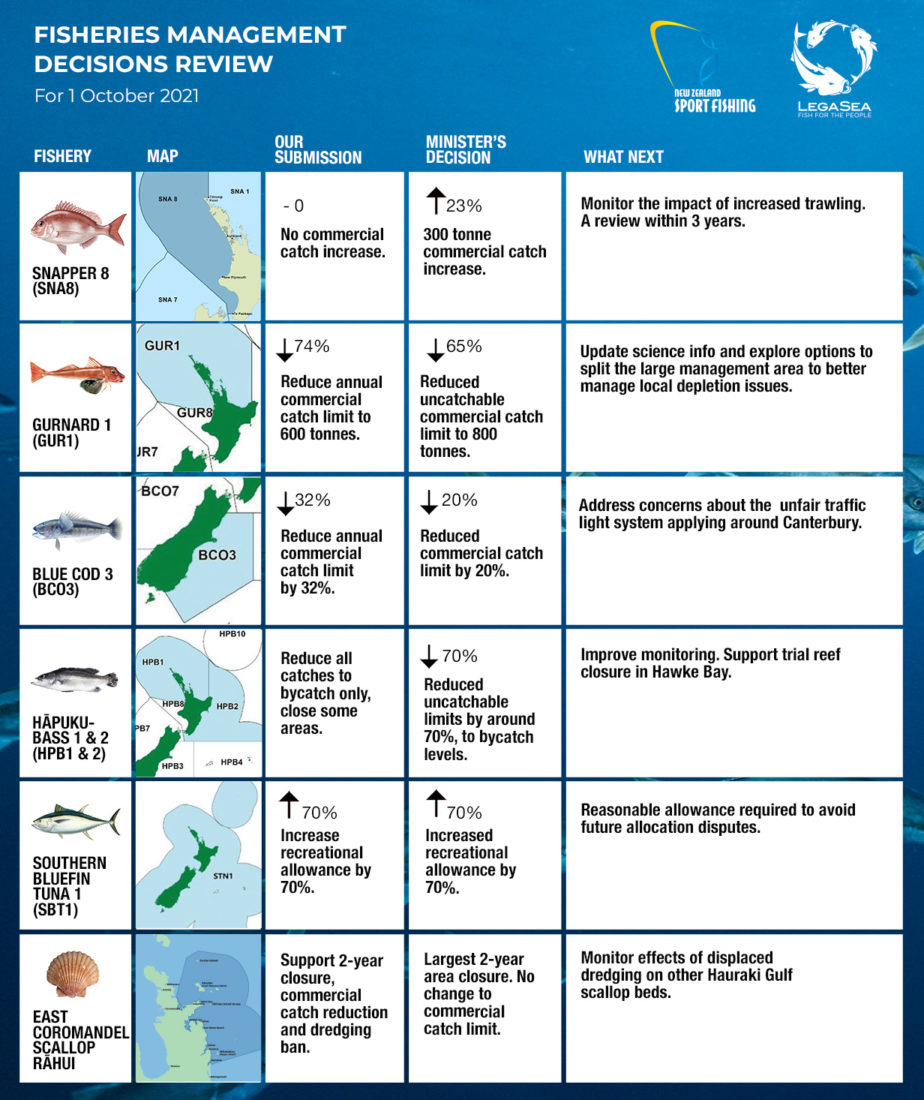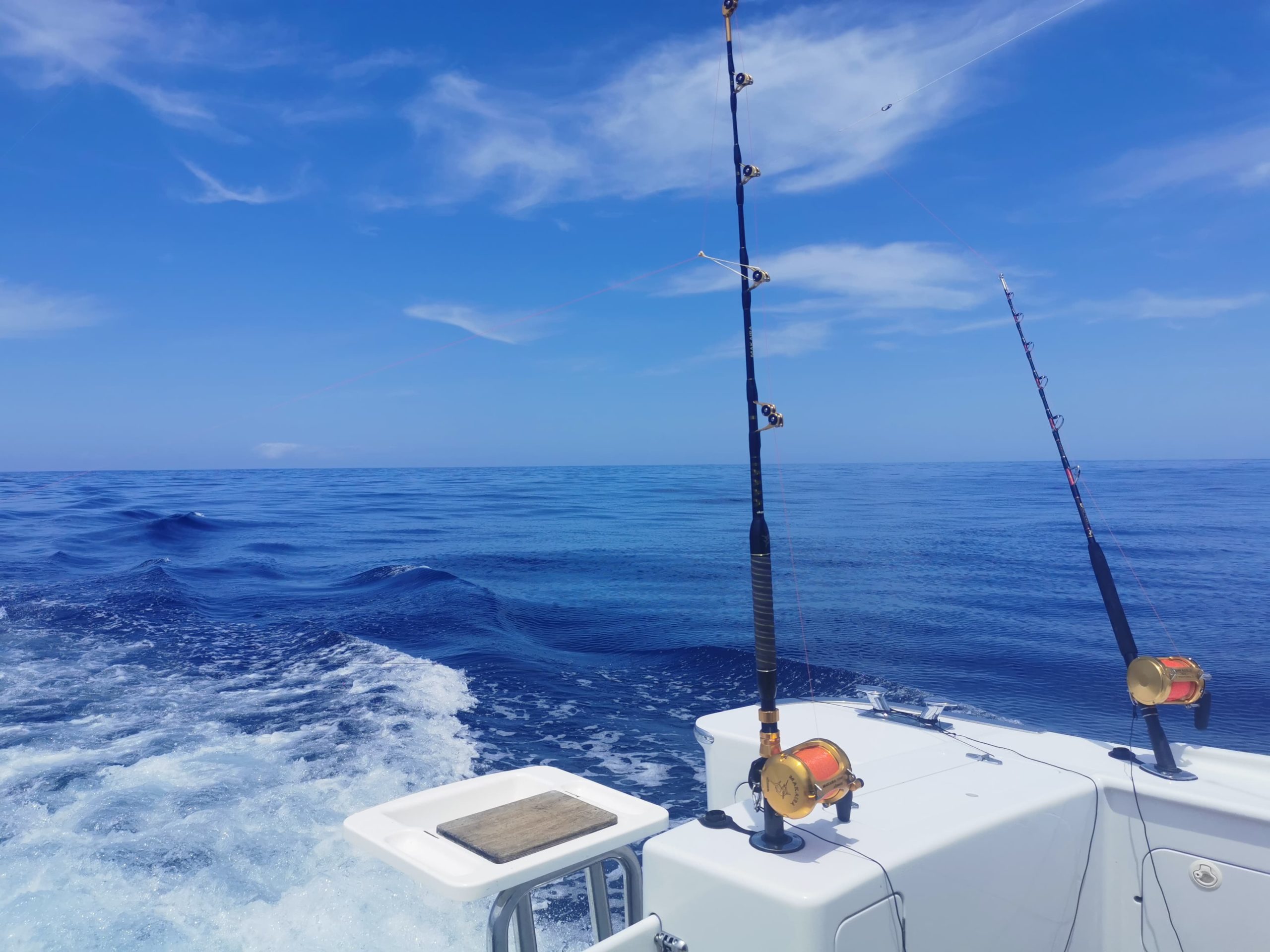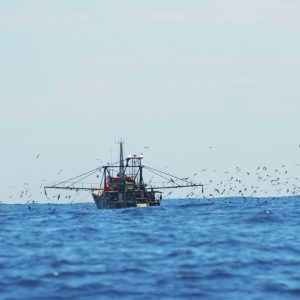
New commercial catch limits applying from October 1 show a considered, conservative approach by Minister David Parker to protecting fish.
LegaSea Lead, Sam Woolford said: “A record number, more than 10,000 people sent in submissions to Fisheries Minister David Parker for this year’s fishing sustainability review. We are encouraged that people are starting to understand the threats to the marine environment due to the use of destructive fishing techniques. We’re really pleased the Minister has listened. His conservative approach takes into account the need to leave our fisheries in a better state for our children and grandchildren.”
Wayne Bicknell, LegaSea Hawke’s Bay spokesperson, said: “Thousands of people all over New Zealand are celebrating as the new commercial fishing season begins with stricter limits in place. Our collective voice has made a difference. This includes people out in tinnies catching kai moana to feed their families, and people who simply love sailing, surfing, swimming and diving. The sea around us touches many, many Kiwis.”
Bob Gutsell, President of the New Zealand Sport Fishing Council, said: “We are looking forward to the review of snapper within three years that the Minister has indicated will take place. We are also delighted that work has begun on looking at the impacts of bottom trawling and the terrible destruction left behind.”
Mark Connor, New Zealand Sport Fishing Council South Island spokesperson said: “After 35 years since it was first established, now is a great time to begin a review of the Quota Management System. We can all agree it’s time to put our fish and the marine environment first. There are big questions to be asked. How well has it served our fisheries in the past? Who has benefitted? And how well have the rules been followed?
Background:
This year’s review of sustainability measures for New Zealand’s 15 fisheries was critical for at-risk hāpuku around most of the North Island, snapper off the North Island’s west coast, and blue cod off the South Island’s east coast.
The Minister called for submissions and more than 10,000 people rallied to protect the West Coast’s snapper fishery and South Island blue cod fishery, and urge the Minister to review the effects of bottom trawling on other vulnerable species.
West Coast Snapper (SNA 8)
In 2005 the snapper fishery was estimated to be around 10% of its original population size. It is rebuilding and now estimated to be around 54% of its original, unfished size. Nearly 9,000 people sent in submissions calling for protection to continue.
The Minister recognised the importance of west coast snapper to Māori customary and recreational fishers by increasing the non-commercial allowances, and acknowledging that the previous allowances that were set in a depleted fishery needed to be reviewed.
The Minister’s decision ruled a conservative 300 tonne commercial catch increase. Fisheries New Zealand recommended a 600 tonne increase, and commercial interests were advocating for a 75% or 1300 tonne (100%) increase in their catch limit.
South Island Blue Cod (BCO 3)
Over 1,300 people submitted in favour of protecting the remaining blue cod off the South Island’s East Coast. A century of bottom trawling and potting off the South Island’s east coast has reduced the numbers and range of fish available to people fishing to put food on the table. With abundant red cod, groper, gurnard, and kahawai schools long gone, people are relying on blue cod to provide for their family’s fresh fish needs.
The Minister’s decision ruled a 20% reduction to the commercial catch limit and a commitment to address people’s concerns about the traffic light system that unfairly limits how many fish Canterbury fishers can take home to their family while trawling occurs within sight of the land.
More information here:
https://www.mpi.govt.nz/news/media-releases/changes-to-fisheries-rules-for-sustainability/
https://www.mpi.govt.nz/consultations/review-of-sustainability-measures-2021-october-round/
Stocks with reduced limits include:
– Hoki nationwide
– Black cardinalfish off the east coast of Northland and Auckland
– Hāpuku and bass off Northland, Bay of Plenty, and the North Island’s east coast
– Red Gurnard off the east and west coasts of Auckland and Northland, and the Bay of Plenty
– School shark off Southland and the sub-Antarctic islands
– The commercial blue cod fishery off Kaikoura, Canterbury, and Otago
Stocks with increased limits include:
Ling in the Southland region
– Gemfish in the South Island and Chatham Rise, and the west coast off Taranaki and Wellington
– Southern bluefin tuna nationwide
– Snapper off the west coast of the North Island, Auckland, and Taranaki
– Red gurnard off the West Coast and top of the South Island





